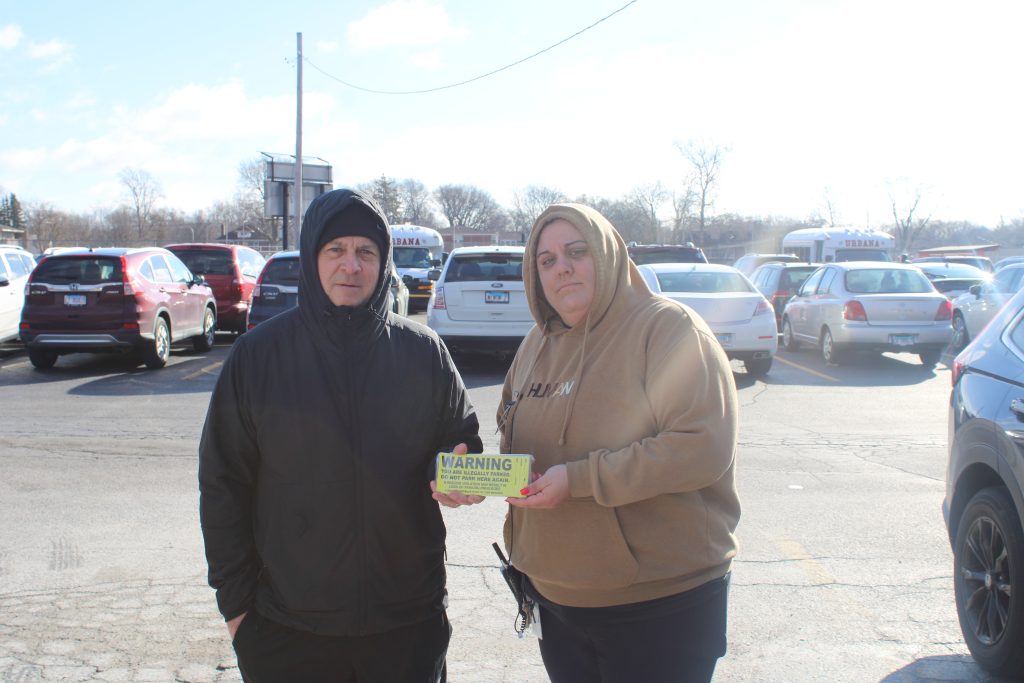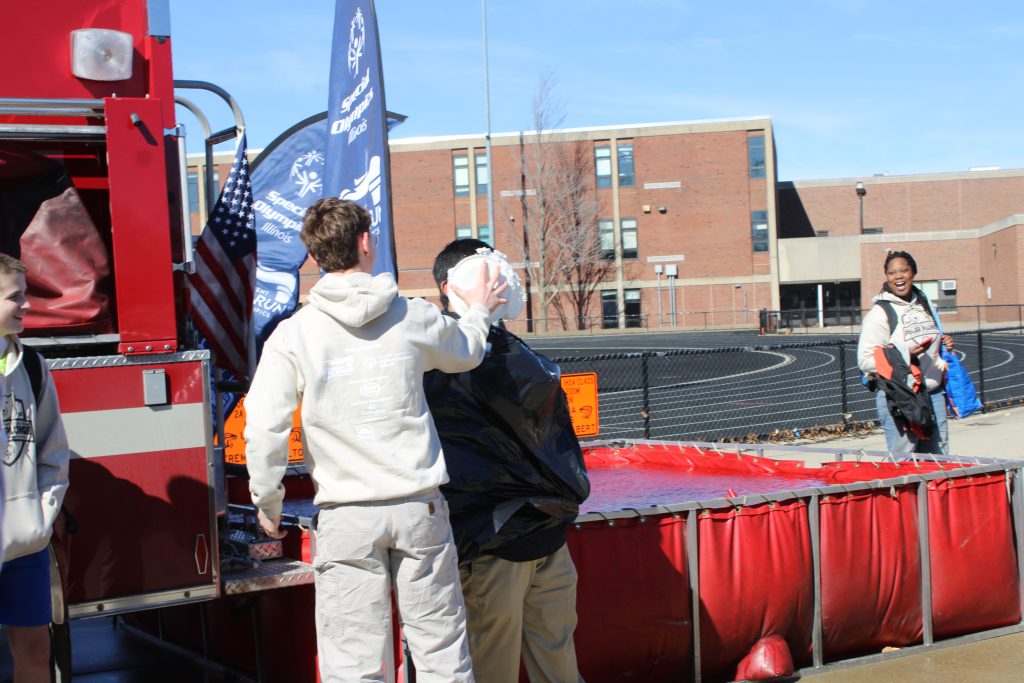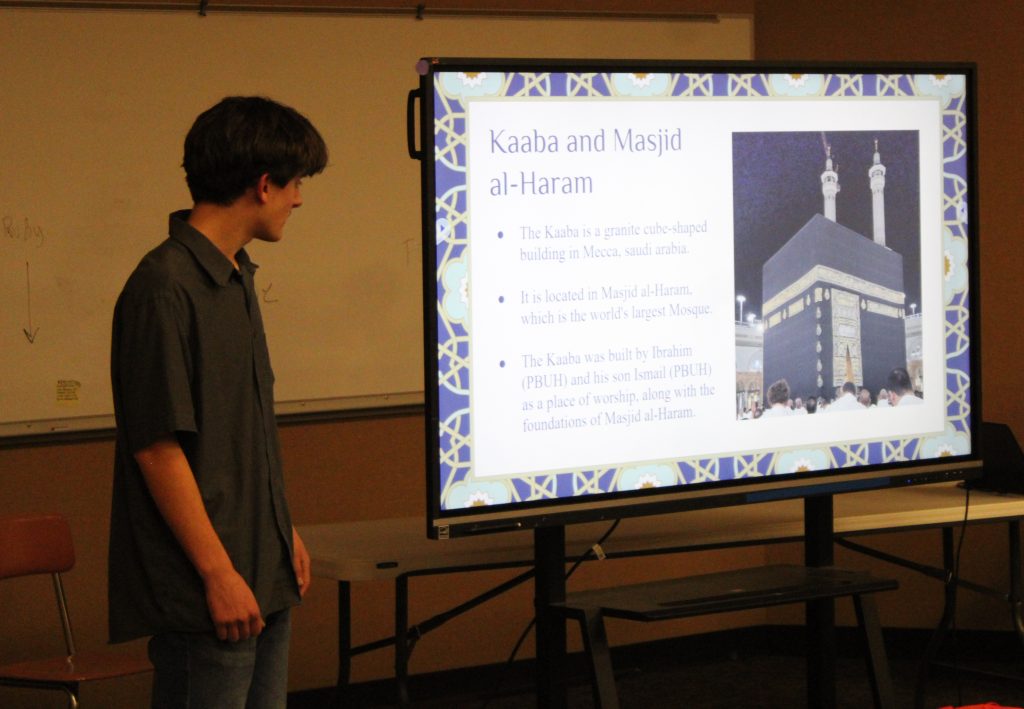Westgate Mall Assault In Nairobi, Kenya

On Saturday, September 21 2013, sixteen members of the Somalia based terrorist group al Shabab began a complex, multipronged assault on Nairobi’s upscale Westgate mall, which for over five years has served as a gathering spot for Nairobi’s large western expatriate community as well as its cultural and political elite.
Ending four days later on September 25, with 61 civilians (including 18 foreign nationals), six soldiers, and five attackers killed, the assault and ensuing siege at Westgate Mall was the worst act of terrorism on Kenyan soil since 1998, when al Qaeda detonated a series of bombs outside the United States Embassy in Nairobi, killing over 200 people, including 12 Americans.
Permanently marking al Shabab’s transition from a largely nationalistic militia with radical Islamist leanings to a major international terrorist group specializing in assaults on “soft” (non-military) targets, the attack was supposed to “punish” Kenya for its role in Operation Linda Nchi, a 2011 Kenyan-Ethiopian-Eritrean military campaign in southern Somalia that, with American and French military support, pushed al Shabab out of much of the country and relevance on the ground and into the waiting arms of long time close friend and soon to be partner al Qaeda. The two groups merged latter that same year.
With newly al Qaeda affiliated al Shabab defeated militarily, its strategic goals soon changed from just turning Somalia into a fundamentalist Islamic state to seeking revenge on those who so cruelly defeated them on the battlefield, and since 2011, have been behind a number of terrorist attacks throughout East Africa, specifically Kenya, who supplied most of the ground troops used in Operation Linda Nchi and has a large Somali expatriate community from which al Shabab can draw recruits and support.
Another even more disturbing source for recruits for the rebuilding terrorist group has been the United States and the United Kingdom, where there exists a large poverty racked expatriate Somali communities.
Nearly a dozen or so United States citizens are confirmed to have joined al Shabab since 2008, and it has been rumored that among the attackers at Westgate mall were several young English speaking Somalis who appeared to have little to no accent as they asked shoppers to recite the fatiha, the main prayer of Islam, before killing them if unable.
Hailed as “Kenya’s Mumbai” due to the many similarities between the Westgate siege and the 2008 Mumbai terrorist attacks, which left two of India’s most famous hotels in flames, along with Mumbai’s main bus terminal, a café frequented by tourists, and the local Chabbad Jewish community center. With nearly 150 people killed, many of them foreigners, and powerful images seen the world over, giving the perpetrators, Pakistani based terrorist group Lashkar e Taiba (LET), the attention it craved, the Mumbai attacks have been studied by extremist groups all over the world, with al Qaeda specifically obsessed with duplicating the results on a grandiose scale. The attack stunned India and the world, and showed just how dangerous a small group of heavily armed, well trained and highly motivated group of men could be, leaving Mumbai in flames and in shock, much like now bloodstained and devastated Nairobi.
Confronted by a well-motivated and heavily equipped enemy well versed in the tactics and intricacies of urban guerilla warfare after nearly a decade spent fighting in the Mogadishu’s unforgiving urban trench warfare, it took Kenyan security forces nearly 24 hours to locate and contain all the terrorists. According to Nigerian and American intelligence officials, the attackers had previously smuggled in and arranged heavy weapons around the mall, and evened rented a small kiosk in the mall itself, studying the layout of the mall meticulously. Indeed, too many it seemed that the terrorists knew the layout of the mall better than the Kenyan security forces tasked with retaking it. Indeed, there have been several unverified reports of friendly fire within the mall as the battle became more and more confused, with gunmen popping up behind railings and storefront windows in areas believed to have been clear, sowing mass confusion amongst the already trigger happy attacking Kenyan forces.
On September 25, after nearly four days of gunfire, explosions, death, and the collapse of three floors of the mall (latter attributed to Kenyan security forces use of rocket propelled grenades within the mall), the Kenyan government declared the building clear, despite a previous assurances that the mall was clear that latter turned out to be false. With five terrorists dead and 11 captured, the questions now begin: how did 16 (and possibly many more) terrorists go undetected by Kenyan authorities for a year, maybe even more? How were belt fed heavy machine guns able to be smuggled into a major mall in the capital so easily? Why do the terrorists seem to have better maps of a major local landmark than Kenyan authorities? In a broader context, how can the west prevent the radicalization of its citizens, Somali or not? Indeed, how can Britain and the United States better serve the Somali communities in their countries? Finally, how can Kenya, and the international community, stop al Shabab from seeking to commit a crime like this again?
These are questions that have and will be asked in the future, and one’s that will come to haunt Kenya, and the rest of the world, for a long time.









